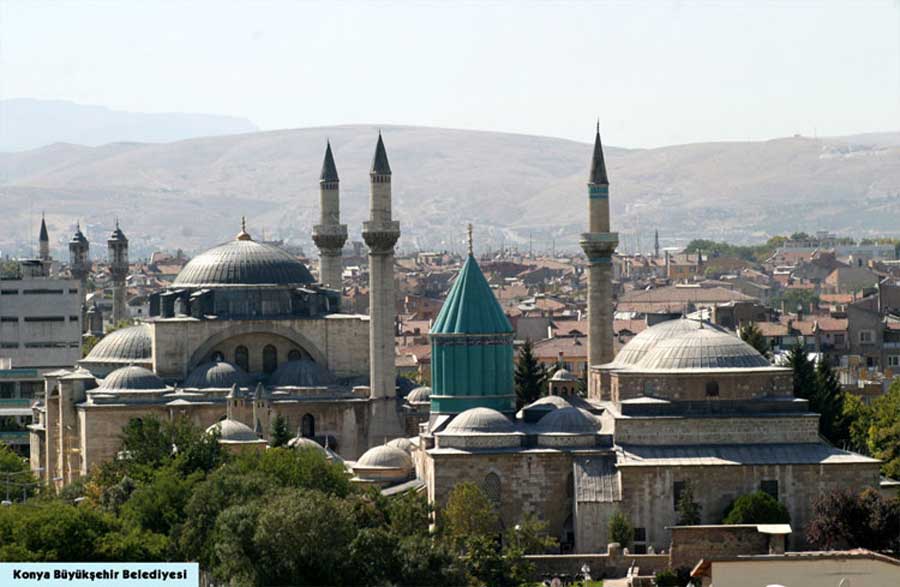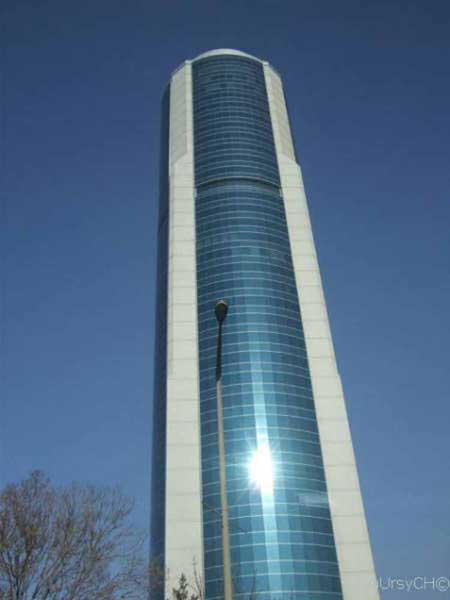 |
| Konya in Lycaonia | |||
 |
|
||
| The Selimiye Mosque and the Mevlana Museum | |||
|
The original name of the city -Ikonion- is proven since the 4th century before Christ. It is the Hellenized form of a probably already Luwian name. The cities of the Roman sub-province Lycaonia mostly belonged to Phrygia in Greek times. |
|||
|
|
|||
| The Selimiye Mosque early in the morning | |||
|
In the 11th/12th century the Seljuk conquered the region and the Rum-Seljuk tribe founded an independent sultanate in Anatolia, whose flourishing capital had been an icon since Kiliç Arslan I. The Sultanate of Anatolia was the first to establish the Sultanate.
|
|||
|
|
|||
| The Mevlana Museum | |||
|
The landmark of the city is the mausoleum of Mevlânâ Dschalal ad-Din Rumi, the founder of the Order of Mevlevi, today a museum and place of pilgrimage for devout Muslims and Sufi devotees. Konya is also home to important Seljuk monuments. |
|||
|
|
|||
| The Ince Minaret Medrese from 1279 | |||
|
During excavations in the centre of the city (Aladdin Tepe) finds were made which resemble the Phrygian arts and crafts. In 25 A.D., the area was temporarily assigned to the Roman province of Galatia or to the eastern bordering Cappadocia or to the southern regions of Pisidia or Pamphylia. After the Roman emperor Claudius had settled veterans here, the city was also called Claudiconium at times. The city is considered the birthplace of Saint Thekla and is mentioned in the Bible in connection with Paul. |
|||
|
|
|||
| The Karatay Medrese | |||
|
In Ottoman times Konya was an important religious centre. After Atatürk banned the Sufi speeches, it developed into a stronghold of the Islamic-conservative opposition. The proportion of votes cast by Islamic parties is always among the highest in the country. Konya has been part of Turkey since 1923. |
|||
|
|
|||
|
The Selçuklu Kulesi |
|||
|
|
|||
|
Completed in 2006, Selçuklu Kulesi, the "Seljuk Tower", named after its location in the Selçuklu district, is the tallest building in Central Anatolia at 163 metres and the eleventh tallest high-rise in Turkey. It has 42 floors, the two upper floors revolve around their own axis. |
|||
| Photos: @chim, UrsyCH | |||
| Translation aid: www.DeepL.com/Translator | |||
| Source: Wikipedia and others | |||
|
|
|||


